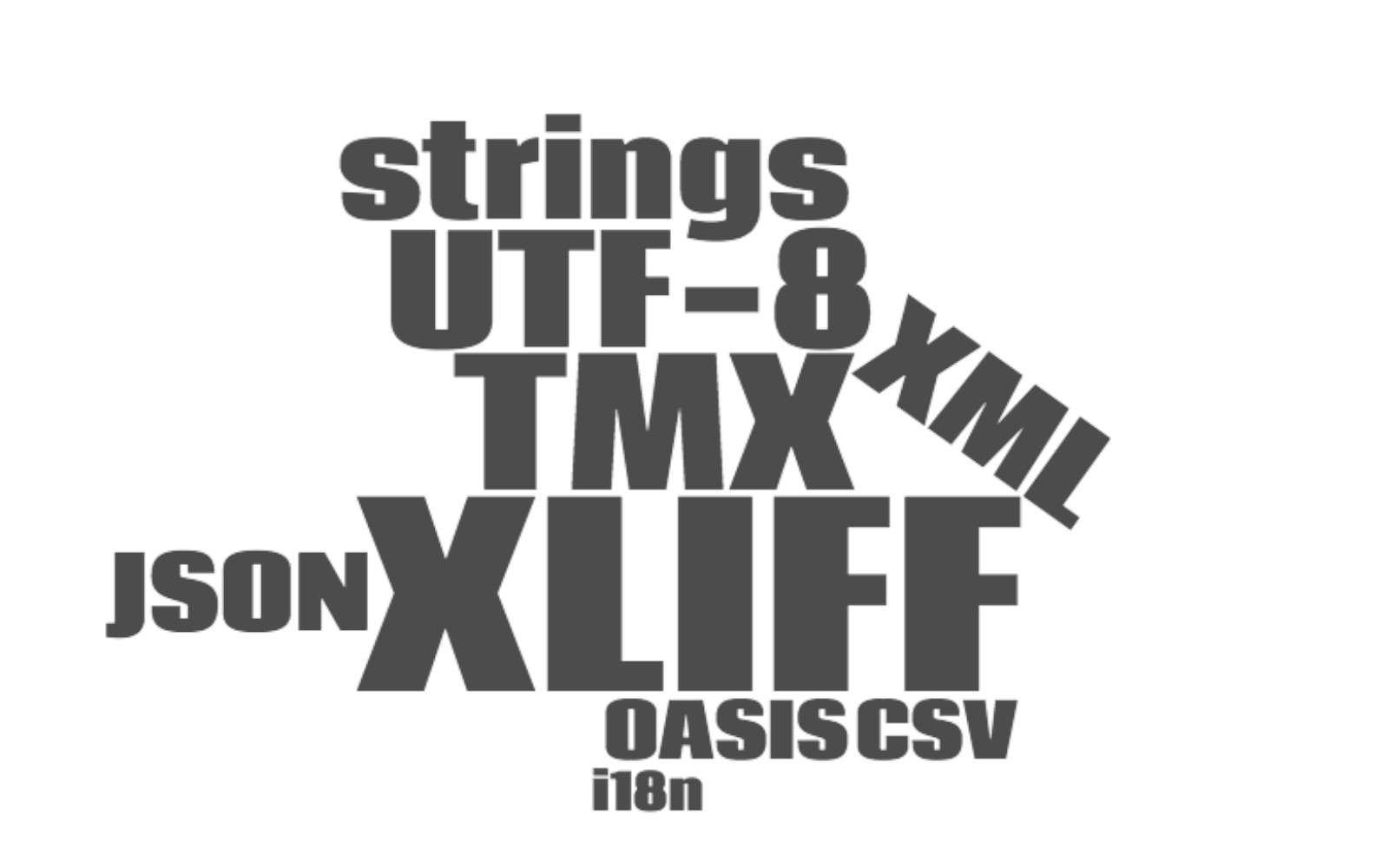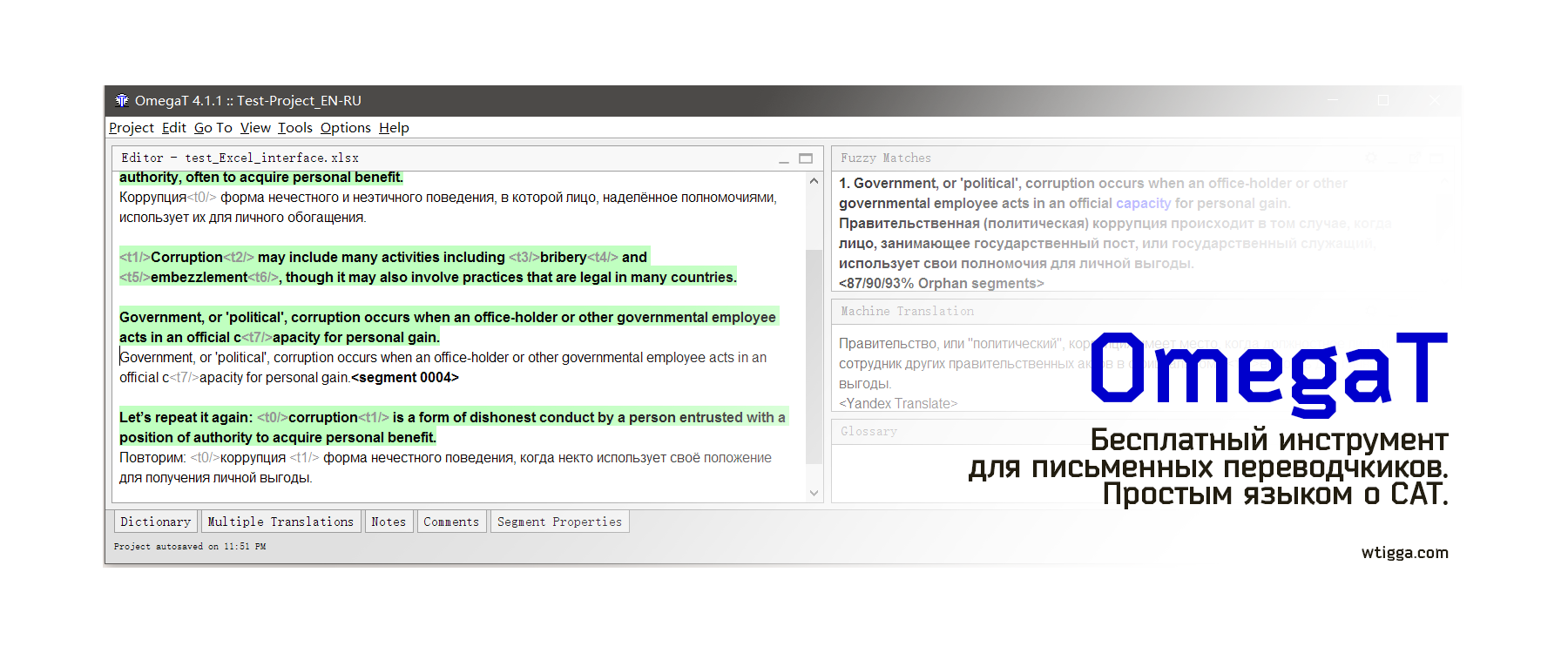L10n Roast: Facebook App Russian locale
I am starting a series of articles about localization (l10n) and UX-writing with real-life examples. I’ll take an app or a website and show you where it could be better in terms of writing. I’ll start with Facebook for Android (version 09-2019) and it’s Russian locale. First, the good part. Generally speaking, the app has a very decent translation into Russian, considering the number of other supported languages (few dozens). Special thanks for the Language item in Settings: developers often force the app to use system language, but this is not always convenient. For example, the Russian Yandex.Maps persistently switch …




